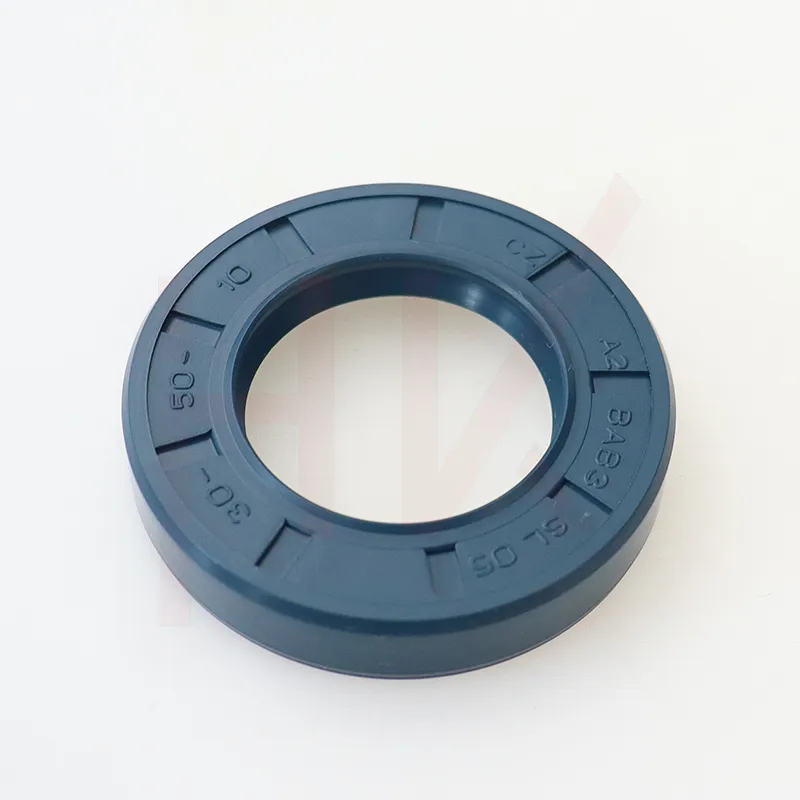Sep . 21, 2024 13:13 Back to list
oil wiper ring
Understanding Oil Wiper Rings Their Role and Importance
Oil wiper rings are crucial components found in various machinery that utilize sliding mechanisms, most notably in internal combustion engines and hydraulic cylinders. These rings play a pivotal role in maintaining the efficiency and longevity of these systems by controlling oil flow and preventing unwanted leakage. This article delves into the functionality, types, and significance of oil wiper rings in modern machinery.
At their core, oil wiper rings serve the primary purpose of managing oil consumption. They are designed to wipe excess oil from the surface of moving parts, such as pistons and cylinders, ensuring that only the necessary amount of oil remains for lubrication. By efficiently controlling the oil film, these rings help reduce friction, wear, and overheating, thereby enhancing the overall performance of the machine.
One of the distinguishing features of oil wiper rings is their unique design
. Typically made from durable materials such as rubber, polyurethane, or specialized composites, these rings are engineered to withstand extreme conditions, including high temperatures and variable pressure. The specific design of a wiper ring often includes a lip that contacts the surface to perform the wiping action while also allowing proper sealing to prevent oil from escaping into unwanted areas.oil wiper ring

There are various types of oil wiper rings, each tailored for specific applications. For instance, in internal combustion engines, wiper rings are used to manage the oil that lubricates the piston wall. In hydraulic systems, they help maintain consistent pressure while preventing oil from leaking out of the cylinder. Each type is designed considering specific operational requirements, ensuring optimal performance under varying conditions.
The importance of oil wiper rings extends beyond mere mechanics. Proper functioning of these rings is critical for maintaining engine efficiency and reducing emissions. When oil wiper rings are damaged or worn out, they can lead to excessive oil consumption, increased emissions, and even engine damage. Regular inspection and maintenance of these components are therefore essential to ensure the reliable operation of machinery.
Furthermore, advancements in materials science have led to the development of improved oil wiper rings that offer better durability and performance. New compounds and manufacturing techniques enhance resistance to wear and temperature extremes, thereby extending the service life of these critical components. This not only leads to better machine performance but also reduces maintenance costs over time.
In conclusion, oil wiper rings may appear to be small components, but their impact on machinery performance is significant. By carefully regulating oil flow and preventing leaks, they play a vital role in ensuring the smooth operation of engines and hydraulic systems. As technology continues to evolve, the development of advanced oil wiper rings will further enhance machine efficiency, contributing to greater sustainability and reliability in various applications. Understanding the function and importance of these rings is essential for anyone involved in machinery maintenance and engineering, as they are key to achieving optimal performance and longevity in mechanical systems.
-
TCN Oil Seal Metal Ring Reinforcement for Heavy Machinery
NewsJul.25,2025
-
Rotary Lip Seal Spring-Loaded Design for High-Speed Applications
NewsJul.25,2025
-
Hydraulic Cylinder Seals Polyurethane Material for High-Impact Jobs
NewsJul.25,2025
-
High Pressure Oil Seal Polyurethane Coating Wear Resistance
NewsJul.25,2025
-
Dust Proof Seal Double Lip Design for Construction Equipment
NewsJul.25,2025
-
Hub Seal Polyurethane Wear Resistance in Agricultural Vehicles
NewsJul.25,2025
-
The Trans-formative Journey of Wheel Hub Oil Seals
NewsJun.06,2025
Products categories
















